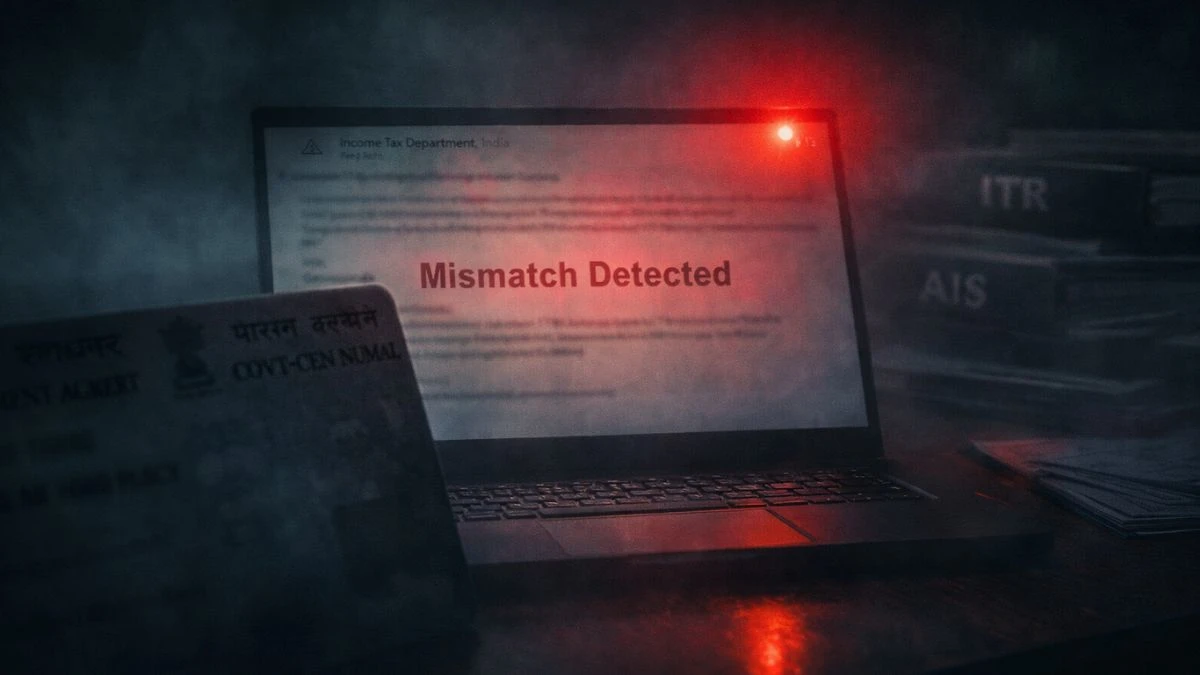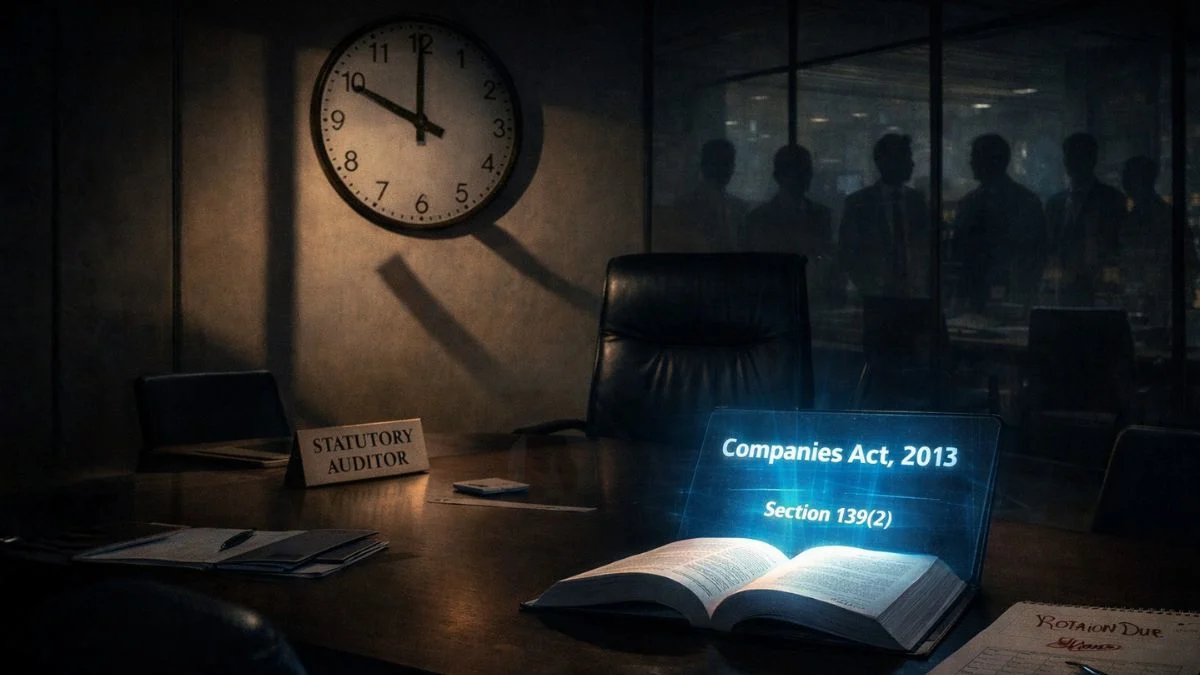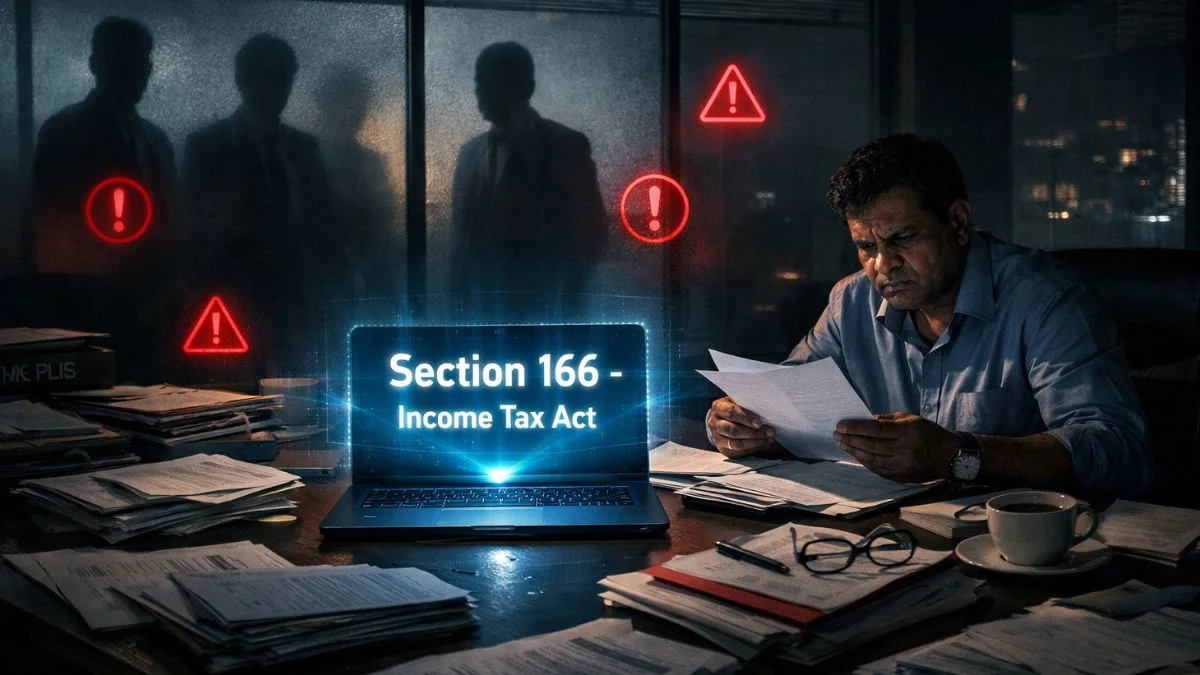
In India, corporate taxation doesn’t always run on one formula. Some companies show book profits but pay little or no tax under normal provisions due to deductions or incentives. To ensure every profitable company pays a minimum tax, the Minimum Alternate Tax (MAT) concept was introduced under Section 115JB.
However, MAT sometimes exceeds the regular income-tax liability, meaning companies end up paying more in a given year. That’s where Section 115JAA steps in — it allows taxpayers to carry forward that excess MAT as a tax credit for future years when their regular tax becomes higher.
Purpose of Section 115JAA
The intent of Section 115JAA is fairness. It ensures that a company that has already paid higher tax once under MAT doesn’t lose that benefit permanently.
It allows adjustment of MAT paid in earlier years against future regular income-tax liabilities, thus preventing double taxation on the same income.
In other words, MAT acts as a pre-paid tax — and Section 115JAA is the refund mechanism that gives back that extra payment through future credit.
Who Can Claim MAT Credit?
Only companies (domestic or foreign) that have actually paid MAT under Section 115JB in any assessment year are eligible.
If, in a later year, their normal tax liability exceeds MAT, they can use this credit to reduce the tax payable."
It is not available to individuals, LLPs, or partnership firms, because MAT applies only to companies.
Core Provision of Section 115JAA
Section 115JAA(1) provides that “where any amount of tax is paid under Section 115JB by an assessee, credit shall be allowed in respect of the tax so paid for any assessment year.”
That means the Tax Credit in respect of Tax paid on Deemed Income under MAT Provisions (Section 115JAA) becomes available to the company.
This credit can be carried forward for up to 15 assessment years following the year in which the MAT was paid.
Also Read: Alternate Minimum Tax for Non-Corporates
Conditions to Claim MAT Credit
To enjoy this benefit, the following conditions must be met:
- MAT must have been paid under Section 115JB for a previous year.
- Regular tax liability in a subsequent year must exceed MAT liability.
- The MAT credit can only be utilized up to the amount by which regular tax exceeds MAT.
- Credit cannot be refunded; it can only be adjusted.
- MAT credit must be claimed before filing the return for the relevant assessment year.
Example:
If a company’s MAT for FY 2023-24 is ₹8 lakh and regular tax is ₹5 lakh, MAT paid = ₹8 lakh.
In FY 2024-25, if regular tax is ₹10 lakh & MAT = ₹7 lakh, the company can claim MAT credit of ₹3 lakh (difference between regular and MAT), reducing payable tax to ₹7 lakh.
How the Carry Forward Works
MAT credit functions much like a wallet balance. The amount paid over & above the regular tax in earlier years is carried forward to later years when the regular tax increases.
Section 115JAA(3A) permits carry-forward for up to 15 assessment years — extended from earlier 10 years to ensure companies in long gestation industries (e.g., infrastructure or manufacturing) also benefit.
If not fully utilized within this period, any remaining credit lapses automatically.
Set-Off Mechanism
The credit can be set off only in the year when regular tax liability exceeds MAT.
The quantum of set-off = regular tax – MAT tax (for that year), subject to available credit balance.
Example:
- MAT paid in FY 2022-23 = ₹12 lakh
- Regular tax in FY 2023-24 = ₹18 lakh, MAT = ₹15 lakh
→ Eligible credit = ₹3 lakh
Remaining credit carried forward = ₹9 lakh.
Interest and Fee Implications
While claiming MAT credit, the assessee shall be liable to pay such tax together with interest and fee payable as per Sections 234A, 234B, and 234C, if there is any delay or short payment.
In short, MAT credit reduces tax liability but doesn’t exempt the assessee from interest obligations if advance-tax installments were under-paid.
Interaction with Regular Tax Provisions
Section 115JAA does not change how regular income-tax is calculated.
It only ensures that the difference between MAT and regular tax is stored as a future benefit.
In subsequent years, this credit is adjusted automatically before final tax payment.
Also Read: Carry Forward of Losses in Case of Amalgamation or Merger
Key Differences Between MAT and Regular Tax
|
Basis |
Regular Tax |
MAT (Tax under 115JB) |
|
Computation |
Tax on total income after deductions |
Tax on book profits as per Companies Act |
|
Applicability |
All companies |
Only companies showing book profits |
|
Tax Rate |
As per Finance Act |
15 % (base rate as per 115JB) |
|
Objective |
Normal income tax on profits |
Minimum tax floor to prevent zero-tax companies |
Important CBDT Clarifications
CBDT Circular No. 762 (1998) & subsequent Finance Acts clarified that:
- MAT credit can be claimed only against future regular tax, not against MAT itself.
- No interest is payable by the government on unutilized credit."
- MAT credit should be carried in the books as an asset until set off.
This gives companies a structured & transparent method to track MAT credits year-by-year.
Accounting Treatment
In practice, MAT credit is recognized as an asset under “Loans and Advances.” It is reviewed each year to ensure recoverability.
Once utilized, the credit is reduced from that asset account.
Auditors verify the calculation & disclosure of MAT credit as per AS 22 (Deferred Tax Accounting), ensuring financial statements remain accurate & compliant.
MAT Credit and Merger or Amalgamation
If a company merges with another, the MAT credit of the amalgamating company usually transfers to the amalgamated entity, provided it meets conditions under Section 72A.
However, such transfer must be approved by the tax authorities & clearly mentioned in the scheme of amalgamation.
MAT Credit Utilization – Real Example
Example:
- In FY 2021-22, ABC Ltd. paid MAT ₹10 lakh (regular tax ₹7 lakh).
MAT Credit = ₹3 lakh. - In FY 2022-23, regular tax ₹9 lakh, MAT ₹8 lakh. → Set-off ₹1 lakh. Balance ₹2 lakh carry forward.
- In FY 2023-24, regular tax ₹12 lakh, MAT ₹9 lakh. → Set-off ₹3 lakh (₹2 lakh from balance ₹1 lakh current difference).
By FY 2023-24, the company effectively recovers all extra tax paid earlier under MAT.
MAT Credit in the Era of Corporate Tax Cuts
After the Finance Act 2019 introduced reduced corporate tax rates under Section 115BAA & 115BAB, many companies opted for the new regime.
However, companies choosing these sections cannot claim MAT or MAT credit.
Hence, before switching to the new regime, companies must evaluate whether their existing MAT credit balances would go unutilized.
Also Read: Relief for Business Losses You Didn't Know You Could Claim
Practical Tips for Companies
- Maintain a year-wise reconciliation of MAT credit to avoid expiry.
- Use the credit before opting for the 115BAA/115BAB regime.
- Verify set-off eligibility before filing return to prevent adjustment errors.
- Track Finance Act changes — carry-forward period or rates may change over time.
Judicial Precedents
Courts have consistently upheld the right to carry forward MAT credit:
- In CIT v. Tulsyan NEC Ltd. (2010), the Supreme Court held that MAT credit is a statutory right & cannot be denied once conditions are fulfilled.
- In DCIT v. Amline Textiles (P) Ltd. (2020), the ITAT reaffirmed that interest u/s 234B is computed after giving effect to MAT credit set-off.
These rulings underline that Section 115JAA is not a discretionary benefit but a legal entitlement.
Summary – How Section 115JAA Works
|
Step |
Event |
Result |
|
1 |
Company pays MAT (> regular tax) |
Extra tax becomes MAT credit |
|
2 |
MAT credit recorded in books |
Carried forward for 15 years |
|
3 |
Future year regular tax > MAT |
Credit set-off allowed |
|
4 |
Excess credit remains unused |
Carry forward continues |
|
5 |
After 15 years |
Balance credit expires |
In short, Section 115JAA turns excess MAT into a future benefit — helping companies manage cash flows & tax planning better.
Conclusion
Section 115JAA acts as a bridge between the Minimum Alternate Tax & the regular tax system. It ensures that when a company pays higher tax under MAT, the excess is not lost forever but available as a credit for future years. This section brings a sense of continuity and justice into corporate taxation, especially for industries that experience cyclical profits.
Proper planning of MAT credit under Section 115JAA can lead to substantial tax savings over time — making it a key element of every company’s tax strategy.
Need Help with MAT Credit or Corporate Tax Planning?
If your company has paid MAT and you want to optimize credit set-off under Section 115JAA, our expert CAs at Callmyca.com can help you calculate, track, and apply your MAT credits accurately.
We simplify compliance and ensure you never lose valid tax benefits — book a consultation today & make your tax planning smarter.











